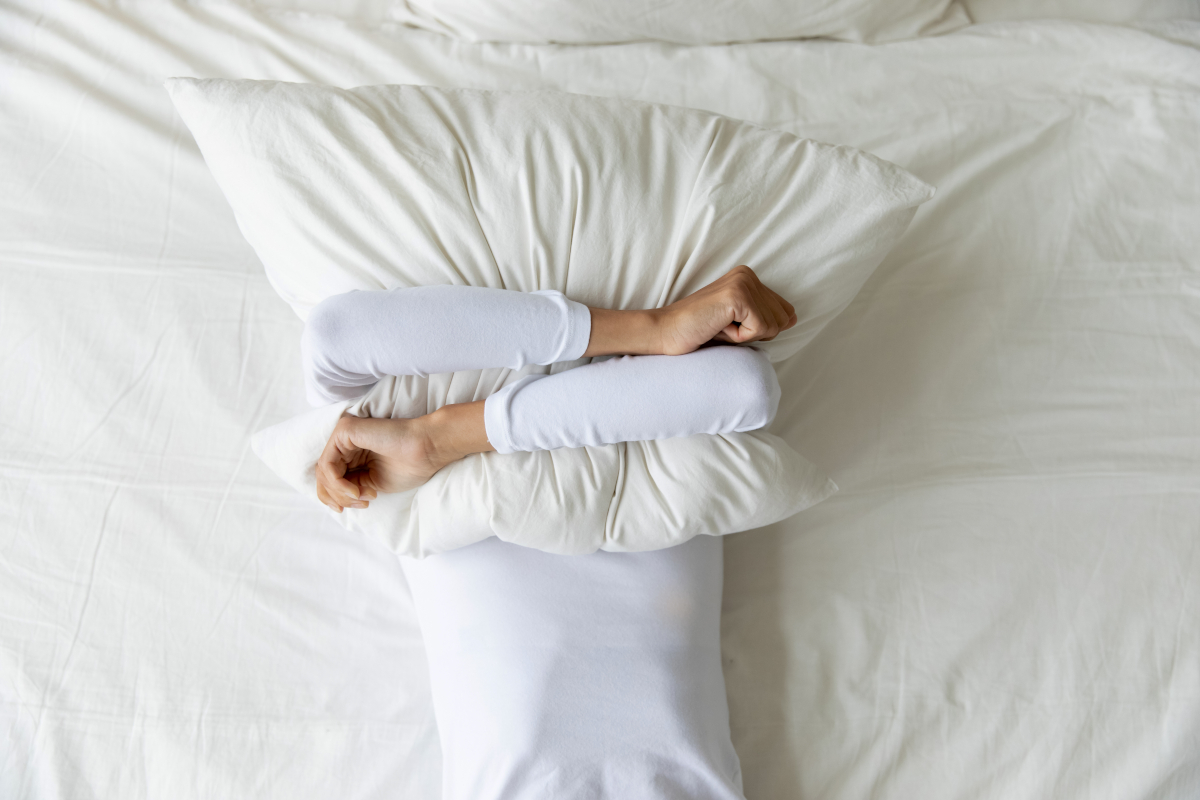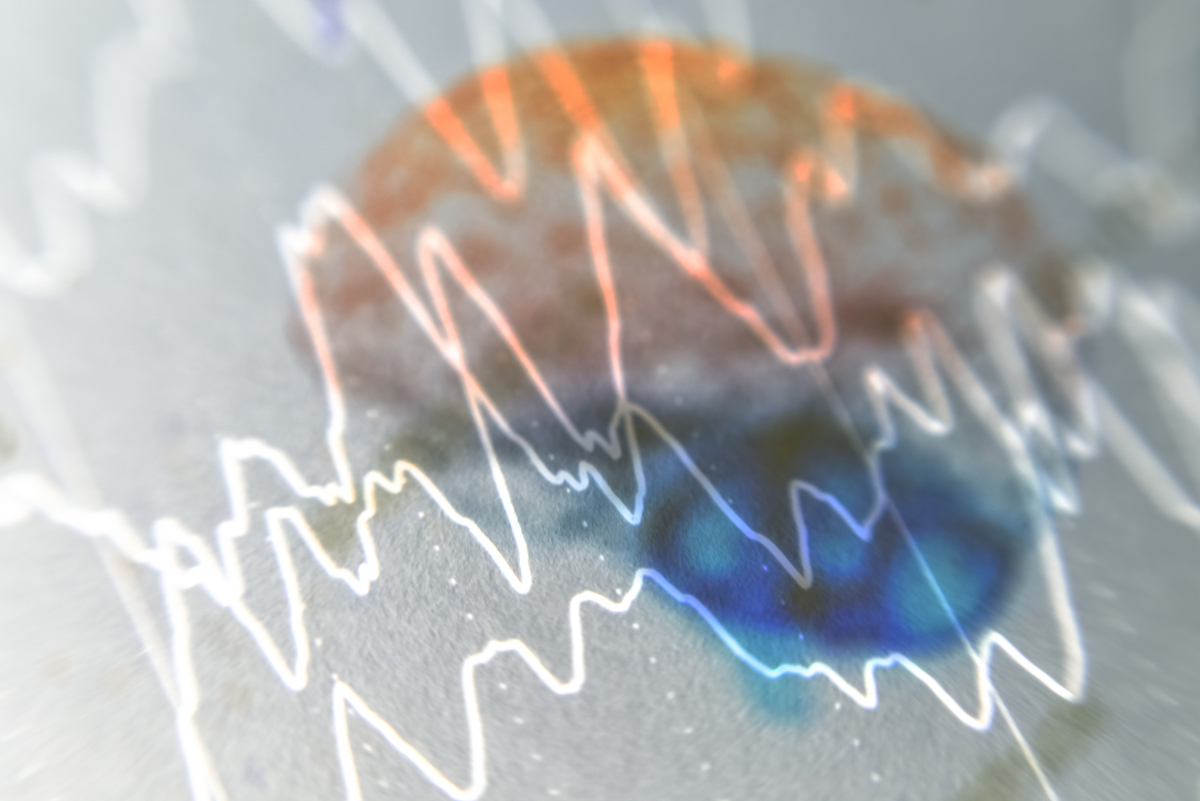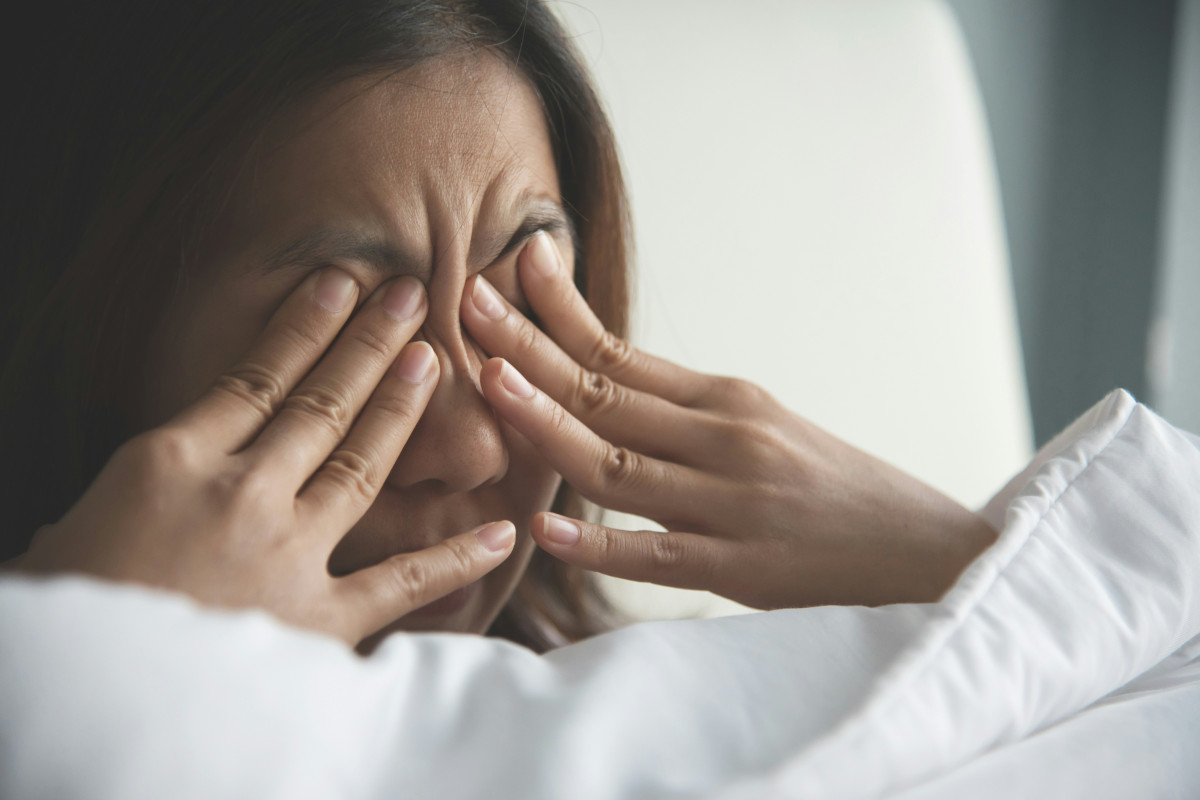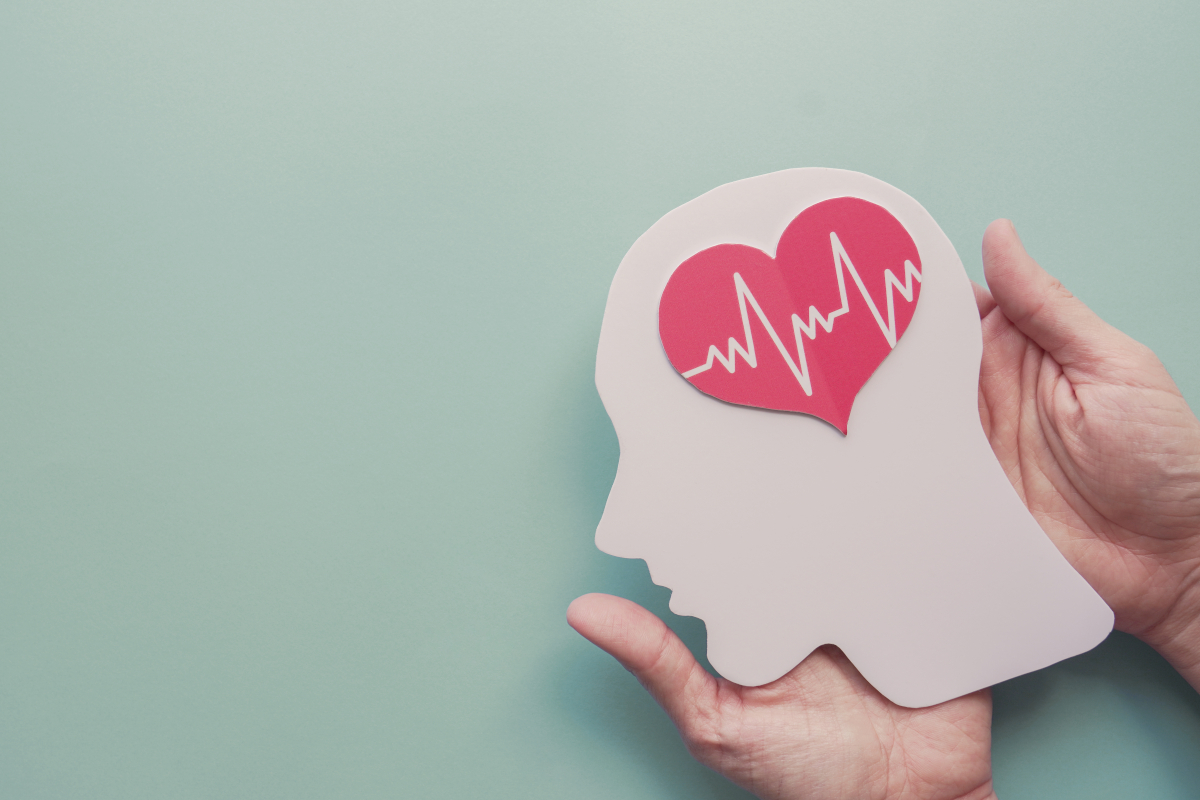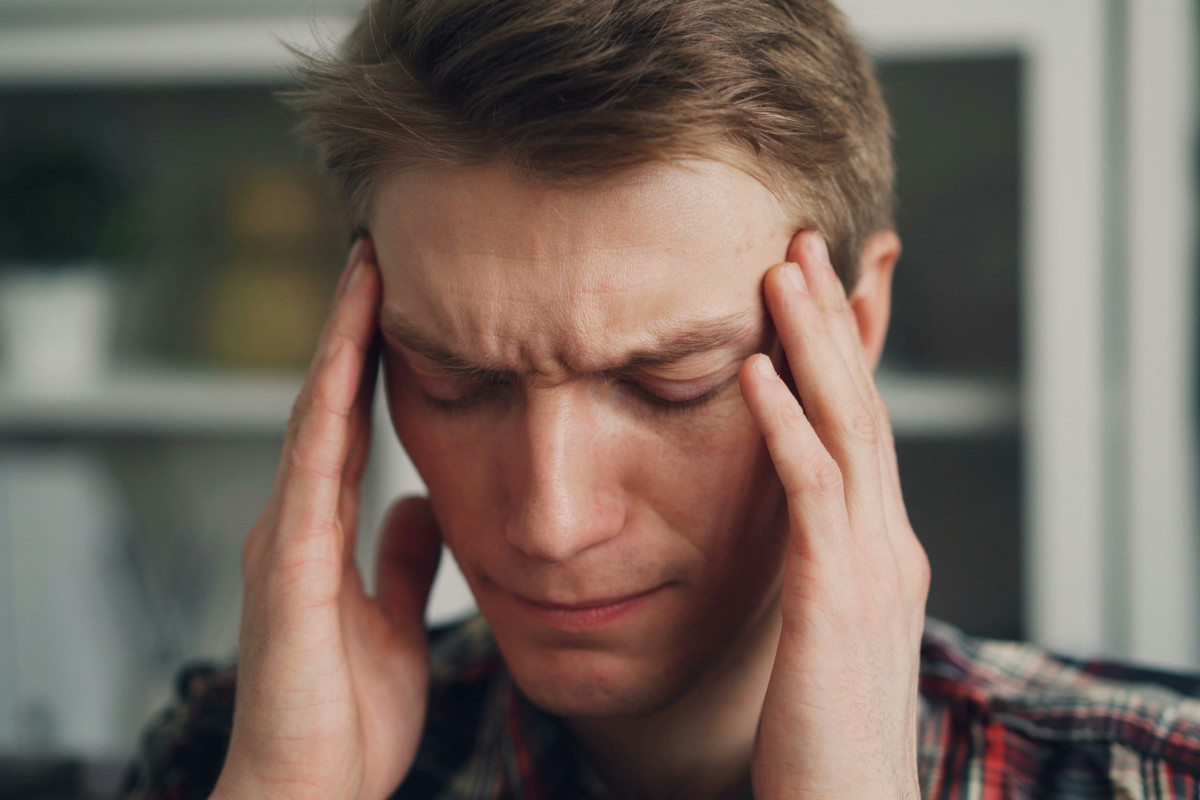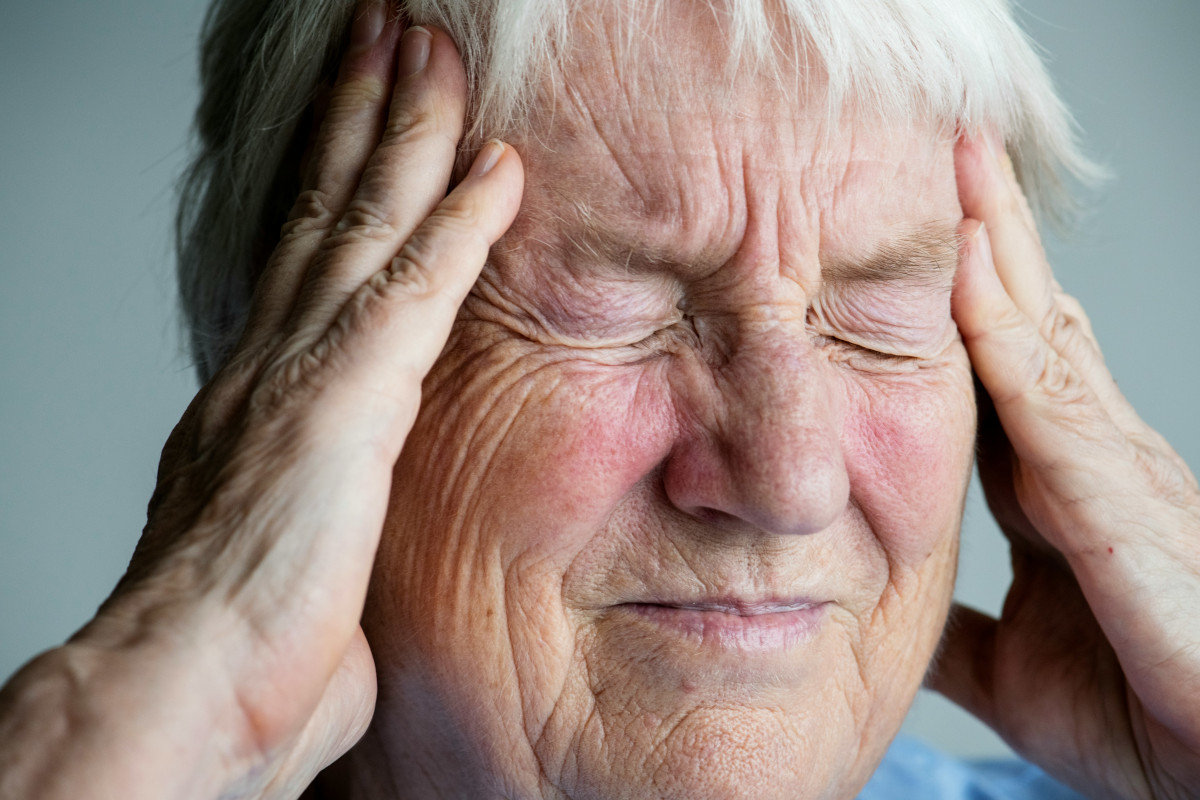“Migraines are headaches when you don’t actually have a headache”: migraine stereotypes and their impact
Migraine is a heavy burden with a devastating impact on many aspects of life. Misconceptions about migraines as “headaches when you don’t actually have a headache” (to quote Erich Kästner's "Dot and Anton,” a children’s story written 100 years ago) only add to the hardship. A new study sheds light on the impact of migraine on the personal and professional lives of people living with migraine, and what they have to say about how others see them.
-
References
Ärzteblatt, 9.2.2024: https://www.aerzteblatt.de/treffer?mode=s&wo=1041&typ=1&nid=149150&s= Migr%E4ne&s=Stigmatisierung abgerufen am 2.1.2025.
EMHA Migraine and Stigma Survey Final Analysis: https://www.emhalliance.org/wp-content/uploads/EMHA-Migraine-Stigma-Survey_2024.pdf abgerufen bei: www.emhalliance.org/ am 2.1.2025.
Casas-Limón J, Quintas S, López-Bravo A, Alpuente A, Andrés-López A, Castro-Sánchez MV, Membrilla JA, Morales-Hernández C, González-García N, Irimia P. Unravelling Mig-raine Stigma: A Comprehensive Review of Its Impact and Strategies for Change. J Clin Med. 2024 Sep 3;13(17):5222. doi: 10.3390/jcm13175222. PMID: 39274435; PMCID: PMC11396411.
Farris SG, Burr EK, Abrantes AM, Thomas JG, Godley FA, Roth JL, Lipton RB, Pavlovic JM, Bond DS. Anxiety Sensitivity as a Risk Indicator for Anxiety, Depression, and Headache Severity in Women With Migraine. Headache. 2019 Sep;59(8):1212-1220. doi: 10.1111/head.13568. Epub 2019 Jun 5.
Gross E, Ruiz de la Torre E, Martelletti P. The Migraine Stigma Kaleidoscope View. Neurol Ther. 2023 Jun;12(3):703-709. doi: 10.1007/s40120-023-00456-x. Epub 2023 Mar 5. PMID: 36871256; PMCID: PMC10195931.
Parikh SK, Kempner J, Young WB. Stigma and Migraine: Developing Effective Interven-tions. Curr Pain Headache Rep. 2021 Dec 6;25(11):75. doi: 10.1007/s11916-021-00982-z.
Schwedt TJ, Sahai-Srivastava S, Murinova N, Birlea M, Ahmed Z, Digre K, Lopez K, Mul-lally W, Blaya MT, Pippitt K, Cutrer FM, DeLange J, Schecht H, Rizzoli P, Lane J, Wald J, Cortez MM, Martin VT, Spare NM, Hentz JG, Robert T, Dodick DW; MOTS Investigators. Determinants of pain interference and headache impact in patients who have chronic migraine with medication overuse: Results from the MOTS trial. Cephalalgia. 2021 Sep;41(10):1053-1064. doi: 10.1177/03331024211006903. Epub 2021 May 2.
Shapiro RE, Nicholson RA, Seng EK, Buse DC, Reed ML, Zagar AJ, Ashina S, Muenzel EJ, Hutchinson S, Pearlman EM, Lipton RB. Migraine-Related Stigma and Its Relationship to Disability, Interictal Burden, and Quality of Life: Results of the OVERCOME (US) Study. Neurology. 2024 Feb 13;102(3):e208074. doi: 10.1212/WNL.0000000000208074. Epub 2024 Jan 17. PMID: 38232340; PMCID: PMC11097761.
Sirri L, Pierangeli G, Cevoli S, Cortelli P, Grandi S, Tossani E. Illness perception in pa-tients with migraine: An exploratory study in a tertiary care headache centre. J Psycho-som Res. 2018 Aug;111:52-57. doi: 10.1016/j.jpsychores.2018.05.011. Epub 2018 May 21.
Young WB, Park JE, Tian IX, Kempner J. The stigma of migraine. PLoS One. 2013;8(1):e54074. doi: 10.1371/journal.pone.0054074. Epub 2013 Jan 16. PMID: 23342079; PMCID: PMC3546922.

